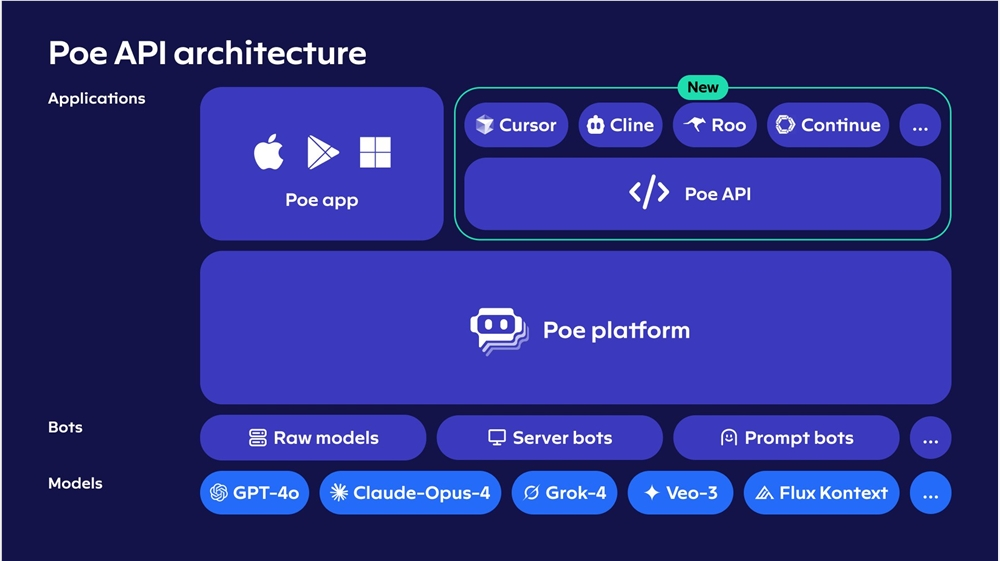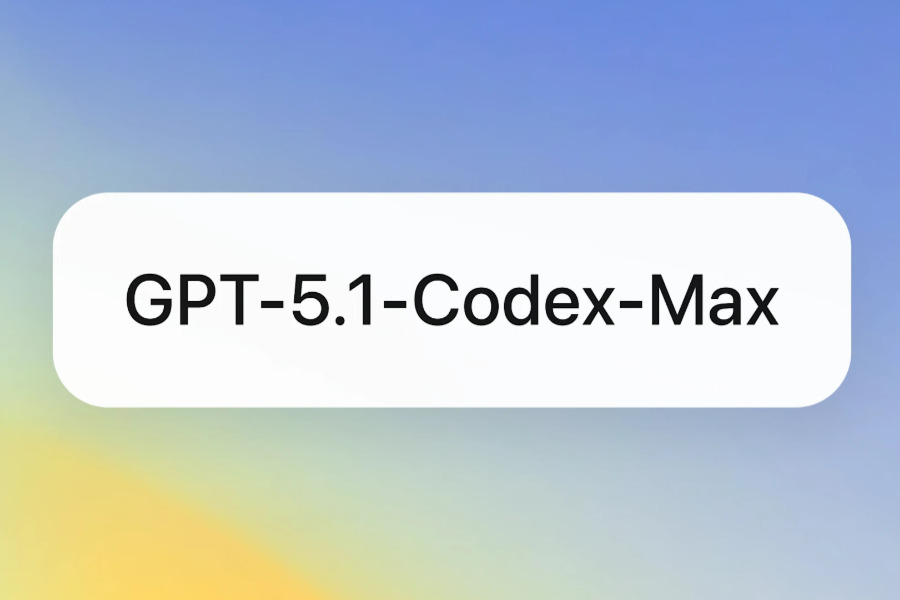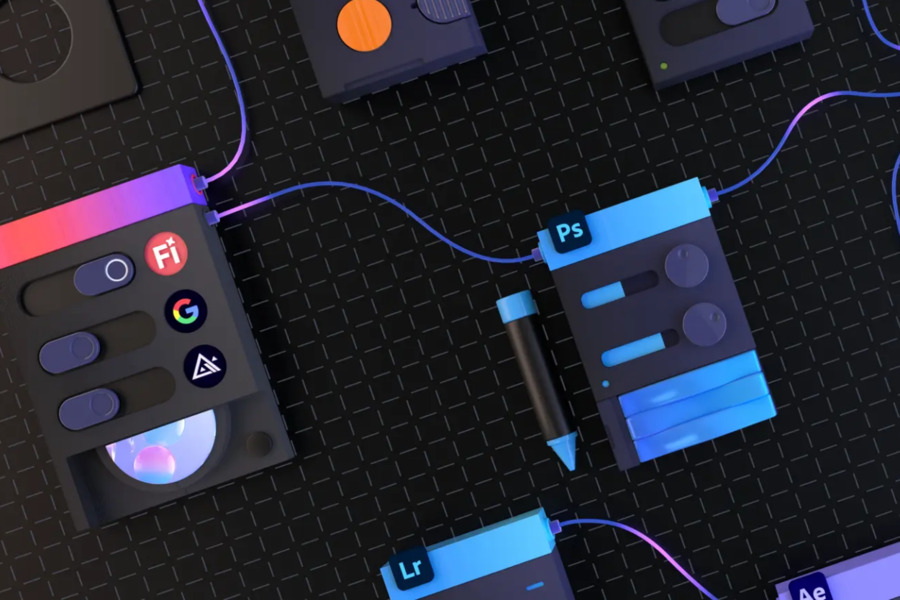AI chat platform Poe has taken a major leap forward with the introduction of its new Poe API, empowering developers with seamless access to its vast array of AI models. This expansion enables users to integrate text, image, video, and audio generation tools through a single subscription, significantly reducing costs and accelerating AI adoption across industries.
The Poe API eliminates the need for a separate payment system, allowing developers to tap into the platform’s full suite of AI capabilities with minimal friction. Whether for content creation, automation, or data analysis, this API promises to streamline workflows and unlock new possibilities in AI-driven applications.
Keep reading, here is everything you need to know about Poe API.
What Is the Poe API?
The Poe API is a unified gateway to over 100 multimodal AI models, including cutting-edge options like:
- Imagen4 (advanced image generation)
- GPT Image1 (AI-powered visual content)
- Flux Kontext (context-aware text processing)
- Veo3 & Runway Gen4Turbo (high-quality video synthesis)
- Lyria & ElevenLabs (AI voice and audio tools)
Unlike many AI platforms that require separate subscriptions for different models, Poe consolidates everything under one API, making it easier and more cost-effective for developers to experiment with diverse AI functionalities.
The API is designed for compatibility with popular developer tools like Cursor, Cline, Continue, and Roo, thanks to its OpenAI-compatible chat completions interface. This means developers familiar with OpenAI’s API can adopt Poe’s technology with minimal adjustments, reducing the learning curve.
Key Features of the Poe API

1. All-in-One AI Model Access
Poe’s API provides direct access to every bot and model on the platform, including advanced image and video generators. This eliminates the need for multiple API keys or fragmented subscriptions, offering unparalleled convenience.
2. OpenAI API Compatibility
Since Poe’s API follows OpenAI’s chat completions structure, developers can integrate it into existing workflows without rewriting entire systems. This strategic decision lowers adoption barriers, making Poe an attractive alternative for businesses already using OpenAI’s ecosystem.
3. Scalable AI Solutions
From small startups to enterprise-level applications, Poe’s API supports a wide range of use cases:
- Content creators can automate blog posts, social media visuals, and video scripts.
- Developers can enhance apps with AI chatbots, real-time translation, or data analysis.
- Businesses can deploy AI for customer support, market research, and personalized marketing.
Poe API Pricing and Subscription Plans
One of the most appealing aspects of the Poe API is its transparent, credit-based pricing model. Unlike many AI services that charge per API call, Poe operates on a subscription system with flexible credit usage:
| Plan | Monthly Cost | Daily Credits | Best For |
| Basic | $4.99 | 10,000 | Hobbyists & small projects |
| Standard | $19.99 | 1,000,000 | Growing startups |
| Premium | $49.99 | 2,500,000 | Mid-sized businesses |
| Professional | $99.99 | 5,000,000 | Advanced AI applications |
| Enterprise | $249.99 | 12,500,000 | Large-scale deployments |
For developers needing extra credits, Poe offers additional credits at $30 per 1 million, with no forced bulk purchases. This flexibility ensures users only pay for what they need.
Conclusion: How the Poe API Transforms AI Development
The launch of the Poe API marks a pivotal moment in AI accessibility, bridging the gap between powerful AI models and real-world applications. By consolidating text, image, video, and audio generation under a single API, Poe removes financial and technical barriers that have traditionally slowed AI adoption.
As Poe continues to expand its model library, we can expect even more innovative AI applications to emerge. For developers looking to harness AI without complexity, the Poe API is a compelling choice—one that could redefine how businesses leverage artificial intelligence in 2024 and beyond.
Will Poe become the go-to AI platform for developers? With its competitive pricing, extensive model selection, and seamless integration, the answer seems to be a resounding yes.



